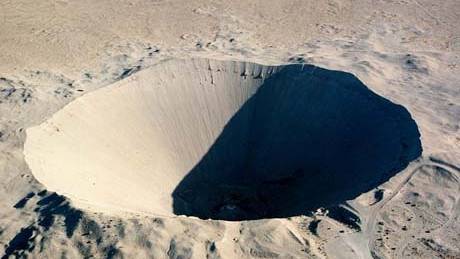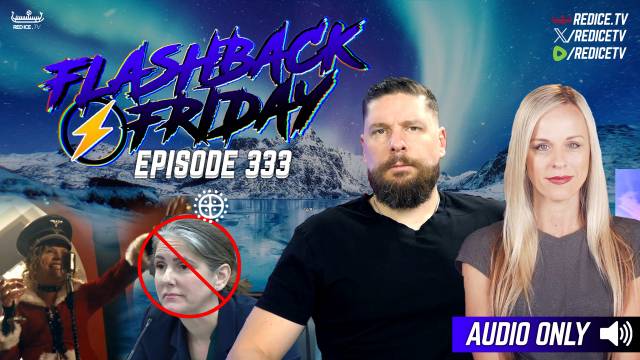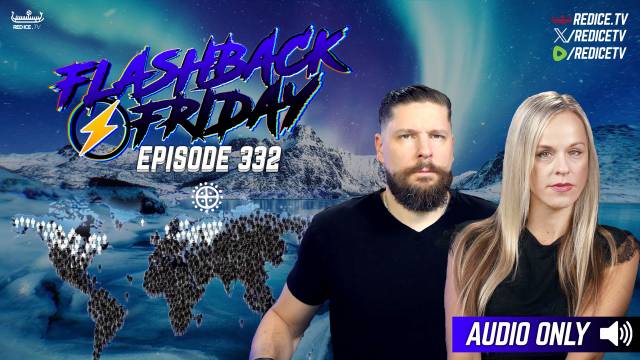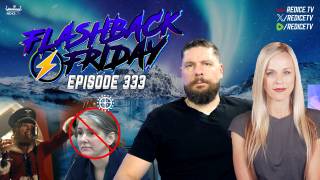Operation Plowshare - "Peaceful" Nuclear Explosions (Video)
Source: youtube.com
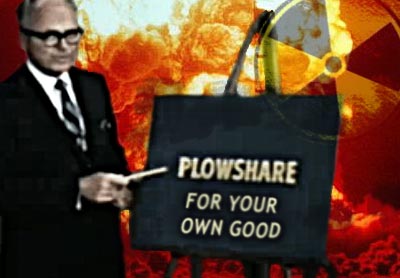
"Operation Plowshare, better known as Project Plowshare, not to be confused with the anti-nuclear Plowshares Movement, was the overall United States term for the development of techniques to use nuclear explosives for peaceful construction purposes.
The phrase was coined in 1961, taken from Micah 4:3 ("And he shall judge among the nations, and shall rebuke many people: and they shall beat their swords into plowshares, and their spears into pruning hooks: nation shall not lift up sword against nation, neither shall they learn war any more"). It was the U.S. portion of what are called "Peaceful Nuclear Explosions" (PNE). The Soviet Union had a similar program of testing as well for many years. The Soviet program was titled Nuclear Explosions for the National Economy.

Crater from the 1962 "Sedan" nuclear test as part of Operation Plowshare. The 104 kiloton blast displaced 12 million tons of earth and created a crater 320 feet deep and 1,280 feet wide. (Look to the size of the roads in the bottom-right of the picture, and the observation deck at the lower-right edge of the crater, for a sense of scale)
Photo:National Nuclear Security Administration
Plowshare Objectives
The project's goal was to demonstrate that nuclear explosions could be used for:
~Digging canals
~Cutting mountain passes for roads and railways
~Cracking rock in order to aid the production of natural gas
~Building dams by collapsing canyon walls into valleys
~Generating electric power by pumping water through an underground cavity storing the heat of an explosion
~Refilling underground water layers (aquifers) by routing surface water through impermeable layers of soil
~Breaking ore deposits to make mining easier
~Creating huge underground cavities for the storage of natural gas or drinking water.
Or, in the words of Dr Edward Teller, the 'father' of the hydrogen bomb:
The nuclear explosions can be used to blast harbours in otherwise inaccessible coasts, to engage in the great art of what I want to call geographical engineering - to reshape the land to your pleasure and indeed to break up the rocks and make them yield up their riches.
One of the first plowshare nuclear blast cratering proposals that came close to being carried out was Project Chariot, which would have used several hydrogen bombs to create an artificial harbor at Cape Thompson, Alaska. It was never carried out due to concerns for the native populations and the fact that there was little potential use for the harbor to justify its risk and expense. After the project was terminated, a proof-of-concept 104 kiloton (435 terajoule) cratering blast was conducted on July 6, 1962 at the north end of Yucca Flats, within the Atomic Energy Commission's Nevada Test Site (NTS) in southern Nevada. The shot, "Sedan", displaced more than 12 million short tons (11 teragrams) of soil and resulted in a radioactive cloud that rose to an altitude of 12,000 ft (3.7 km). The radioactive dust plume headed northeast and then east towards the Mississippi River.
The first PNE blast was Project GNOME, conducted on December 10, 1961 in a salt bed 24 mi (39 km) southeast of Carlsbad, New Mexico. The explosion released 3.1 kilotons (13 TJ) of energy yield at a depth of 361 meters (1,184 ft) which resulted in the formation of a 170 ft diameter, 80 ft high (52 by 25 m) cavity. The test had many objectives. The most public of these involved the generation of steam which could then be used to generate electricity. Another objective was the production of useful radioisotopes and their recovery. Another experiment involved neutron time-of-flight physics. A fourth experiment involved geophysical studies based upon the timed seismic source. Only the last objective was considered a complete success. The blast, unintentionally, vented radioactive steam while the press watched. The partly developed Project Coach detonation experiment, that was to follow adjacent to the Gnome test, was then cancelled.
Over the next 11 years 26 more nuclear explosion tests were conducted under the U.S. PNE program. Funding quietly ended in 1977. Costs for the program have been estimated at more than (US) $770 million."
1950's Cold War Propaganda - Plowshare The Peaceful Atom
